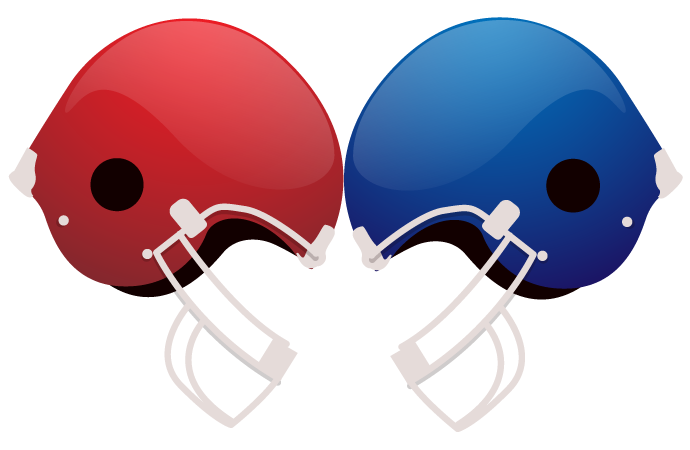ENGLEWOOD, Colo. — This is the 13th year that Vance Joseph has been to an NFL training camp as a coach, but it’s the first time he has had to answer for anything and everything as a team’s head coach.
In his first season with the Denver Broncos, in a quarterback-crazed city, Joseph finds himself front and center when it comes to answering questions about a quarterback competition he opened earlier this year.
“It’s kind of what you get used to,” wide receiver Demaryius Thomas said. “People are always talking about the quarterback, it seems like. We’ve done heard it all before.”
Joseph has spent, and will continue to spend, a piece of each training-camp day answering the inevitable questions that come with any unmade quarterback decision, the questions about each throw in each drill in each practice.
As much as most everyone wants to score the quarterback derby between Trevor Siemian and Paxton Lynch after each workout, Joseph said Saturday that’s not how it’s going to work.
“They both made plays, and they both didn’t make plays. It’s tough to ride the roller coaster with those guys, who won the day, who didn’t win the day, I’m not going to do that,” Joseph said after Saturday’s practice. “It’s going to be a collective evaluation over the course of weeks.”
More people play on ESPN than anywhere else. Join or create a league in the No. 1 Fantasy Football game! Sign up for free!
Joseph has stayed consistent in his message through the opening week of training camp: “Time” will help make the decision. Joseph reaffirmed that message Saturday, and he continues to preach patience along the way.
“It’s not going to change daily,” Joseph said. “That’s important because you don’t want to leave here every day thinking Paxton is the guy, and tomorrow Trevor is the guy. We can’t do that. It has to be a collective evaluation over time. That’s why time is a good thing because now we can have a full evaluation of both guys.”
The Broncos players, too, have found themselves being asked about their plans for the season, quickly followed by requests for opinions on the quarterback situation. Most have stuck to the that’s-up-to-the-coaches mantra, but running back C.J. Anderson took a different approach Saturday.
Anderson worked through the week-to-week uncertainty with Peyton Manning’s foot injury in 2015, with Brock Osweiler’s week-to-week notice of whether he would play the coming week, as well as last summer’s quarterback competition among Siemian, Lynch and Mark Sanchez. On Saturday, Anderson found a way to deflect the inevitable quarterback comparisons.
“Both of them had a good day [Saturday],” Anderson said with a smile. “I caught two touchdowns from both of them, so they’re doing good to me.”
Asked how he would make the decision, Anderson added: “Maybe if I catch more touchdowns from one than the other — that’s how I look at it. I caught a nice touchdown pass from Trevor the other day, and Day 1 I caught another one from Paxton. It’s like a win-win. I’m open, and they put them right on the money. It looks good to me.”
Although their competition is the story of training camp thus far, it has camouflaged the fact that both Siemian and Lynch are navigating a new playbook under new offensive coordinator Mike McCoy. Also, the Broncos might have as many as four new starters on the offensive line by the time they get to the season opener.
That’s a lot of change, and as a result, Joseph has moved Siemian and Lynch in and out of drills as both quarterbacks have worked with a variety of personnel groupings.
“I’ve said it plenty of times: As long as the O-line does our jobs, it doesn’t matter who’s under center,” guard Ron Leary said. “Both of them are good quarterbacks, so we know whoever takes that snap Week 1, as long as we go out there, they’ll look good.”
The Broncos seem to have used last season’s quarterback competition as the template for this one. Last summer, Gary Kubiak waited until Aug. 29 — two days after the Broncos’ third preseason game — to formally announce the starter.
Joseph has said that having a starter named before the third preseason game — Aug. 26 against Green Bay — would be “ideal,” but he has also said that he will wait longer if he believes that will yield the best decision.
“But we know we just need to play,” Thomas said. “The coaches are going to name [a quarterback] when they’re ready. Everybody else knows we need to just play, get ready and do whatever we need to do to be ready for the season. We can be a great offense with either Trevor or Paxton.”









